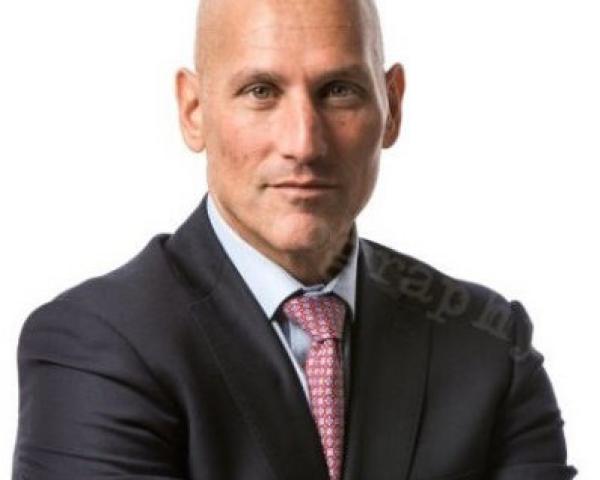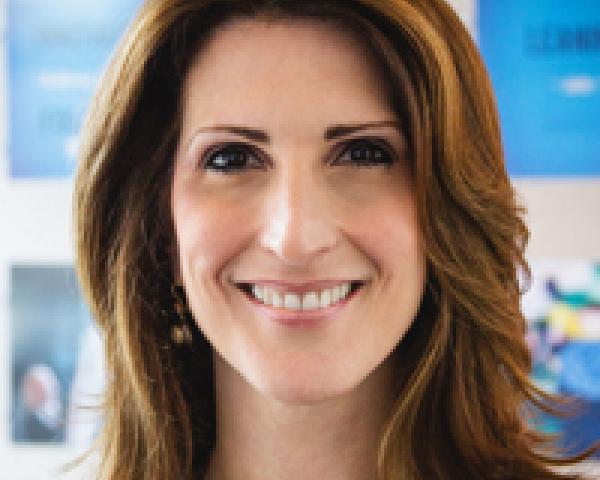If you are in the insurance/risk management industry, you likely have been to many presentations. How many do you remember? How many were interesting? How many were entertaining?
When learning information, the human brain will attempt to relate the new concept to a familiar concept. For example, when Henry Ford described one of his earliest automobile designs, he may have said, “It’s like a horse and carriage without the horses.” That description creates a relatable picture that offers listeners a point of reference. What picture did you see in your mind?
Stories work the same way. As long as they're relatable to the audience, people will follow along. A good story connects better with the audience than straight technical material, and provides a more effective teaching method. According to a study at the University of Wisconsin, by Jill Eck, when learners are exposed to storytelling in a classroom setting they are highly engaged in the learning process and are practicing reflective learning as they process information on a deeper, more meaningful level.
See also: Strategist’s Guide to Artificial Intelligence
Here are just some of the ways a story can help with your presentations:
- Helps to break the ice
- Helps to engage the audience
- Helps to relate your message
- Helps audiences retain your message
- Reinforces your point
In January 2017, I attended a RIMS event at Minnesota RIMS. During the networking cocktail party, while I was introducing myself to new people, someone stopped me and said, “I know you. You’re the ‘thousand-legger’ guy.” He saw me give a presentation almost a year earlier, in May 2016 in St. Louis, and not only remembered my story but that it was about cyber exposures. I must admit I was a little surprised, but that is how it is supposed to work. If you tell a good story and tie it back to your message, people are more likely to remember. This was just one of many times this has happened over the years, but in this case I was delighted because I added that story into my talk just before I took the stage.
That day, I had my slides together, but I was still struggling with my material, and I had yet to come up with a story to help make my point. I was speaking for the first time about cyber exposures, so I spent nearly all of my time preparing the technical side of the content and gave little thought about a story to go with it. Have you ever been in that situation? I was more concerned with getting the subject matter right and was going to skip the story altogether.
After giving hundreds of speeches and presentations, I've learned that what makes your message memorable and your point stick with the audience is telling a good story. As I sat there waiting to go on stage, my mind was searching for a story, and finally it came to me. I immediately perked up and began thinking about how to integrate it. I hadn’t used this story before, so it was going to be a challenge, but I knew the story would to help me connect with the audience and make an important point.
I realize that you may not have tried using a story in your presentations before, and you probably have some questions and concerns, so I will share with you three suggestions to help you get started on the right path.
1. What stories work best?
Though you can use any kind of story, I have found personal stories work best because you know them well and can share them from direct experience. You won’t need to rehearse it to remember it, but you should practice how to tell it.
Personal stories also connect with the audience and can quickly build rapport. Humans have emotions, so take advantage of a variety of them. There are no limits other than time and appropriateness. Not all stories are interesting, though, or have a point, so you’ll want to make sure you have the right components.
2. What are the main components?
A good story is like Henry Ford's car. It can take you anywhere you want to go, but it must have the right components.
The first part is the set-up. You’ll need to describe the situation so that people can see it in their minds. Where does it take place? Who is there? What is happening? Be descriptive enough to enable listeners to visualize the scene.
Next, it must have a problem or dilemma. People will imagine what that must be like or perhaps even picture themselves in that situation. You want your audience to connect emotionally to the problem because it creates the suspense you’ll need for the next step.
Once you have them where you want them, it’s time for the climax. The climax comes in many forms. If it’s a humorous story, it’s the punch line. If it’s a serious story, it’s the turning point. In either case, the best climax has an unexpected twist that makes it more interesting or funny. Any good book, sitcom or movie has these elements.
Finally, it must have a lesson, a take-home message. When it is a part of a presentation or speech, you’ll need to relate that message to your presentation to reinforce the point you’re trying to make.
3. How do you integrate it into your speech?
Once you have your story, you’ll need to figure out where to inject it. Sometimes, you can start off with the story and then segue into your presentation opener. Other times, it’s better to open the presentation and then work to the story.
The transition is the key. This is the part where you move into your story, in a way that is seamless and smooth. You should not say, “And now I will tell you a story.” The better you get with making the transition, the better the results will be. What you want to avoid is losing the audience in transition. If they are wondering what you are talking about or why, they will not be listening.
Once you’ve told your story, you can reference that point again and again to remind the audience of the connection. This is called a “callback,” and it can be very effective.
Now, let’s explore how I did it in St. Louis. The point of my cyber presentation was that the cyber risk topic is fear-based, and it’s easy to become paranoid about cyber threats. But that’s not the best way to manage the risk.
When I began my talk, I set the stage for all the outside influences and pressures around the cyber threats. Then, I said, “With all the uproar about cyber attacks, it’s easy to become a little irrational. [This is the transition to my personal story.] For example, my wife is a bit of a bug freak. She hates bugs and goes crazy when there’s a bug in the house. It’s not that she is afraid of them, but she doesn’t want them in our house, and, if there’s one inside, she will stop at nothing to kill it. [The set-up.] One day, my kids were playing with Legos on the dining room table. When it was time for bed, we told them to clean up the Legos. My five-year-old son, Chase, helped for a few seconds and then disappeared, leaving my eight-year-old daughter, Melina, to clean up the bulk of them. When Melina cleared the table, she stood up and then looked at the floor. She screamed in terror. ‘There’s a thousand Legos on the floor.” I was nearby and saw the mess and knelt beside her to help. [The climax.]) A few seconds later, my wife came running in from behind us with a shoe cocked and ready to strike. She demanded, ‘Where is it?' Confused and startled, we asked, ‘Where’s what?’ She said, ‘The thousand-legger!” [The twist.]
The tie-in: When you are too uptight about anything - whether it’s cyber bugs or real bugs - everything starts sounding like a threat.
The lesson: It’s far better to keep the risk in perspective.
See also: Innovation Pivots: 10 Lessons Learned
There was a wave of laughter, and then the point set in. From there, I continued with my presentation, but, I can tell you, I had their attention. I then presented my Cyber Exposure Wheel, a framework to help risk management quantify a company’s exposures while putting cyber risks into perspective. At the end, I concluded, “If you focus from the inside out, you won’t need to chase any thousand-leggers. You’ll be prepared for whatever threat comes your way.” [The callback.]
My story was true. It was funny, and I told friends the story for a laugh. All I had to do was draw the simile of the threat of bugs to the threat of cyber to make it work. I have lots of stories like this one and can use any of them to make various points. The good news is that you have lots of stories, too.
Using stories in your presentations makes them more interesting for the audience and more fun for you as the presenter. The next time you have a presentation to give, whether it’s at RIMS or at a company meeting, add in a story of your own to help make your point. You’ll be amazed at the feedback you get. And you’ll be thrilled down the road when someone mentions your story. I know it sounds odd, but I’m proud to be the “thousand-legger” guy!





















